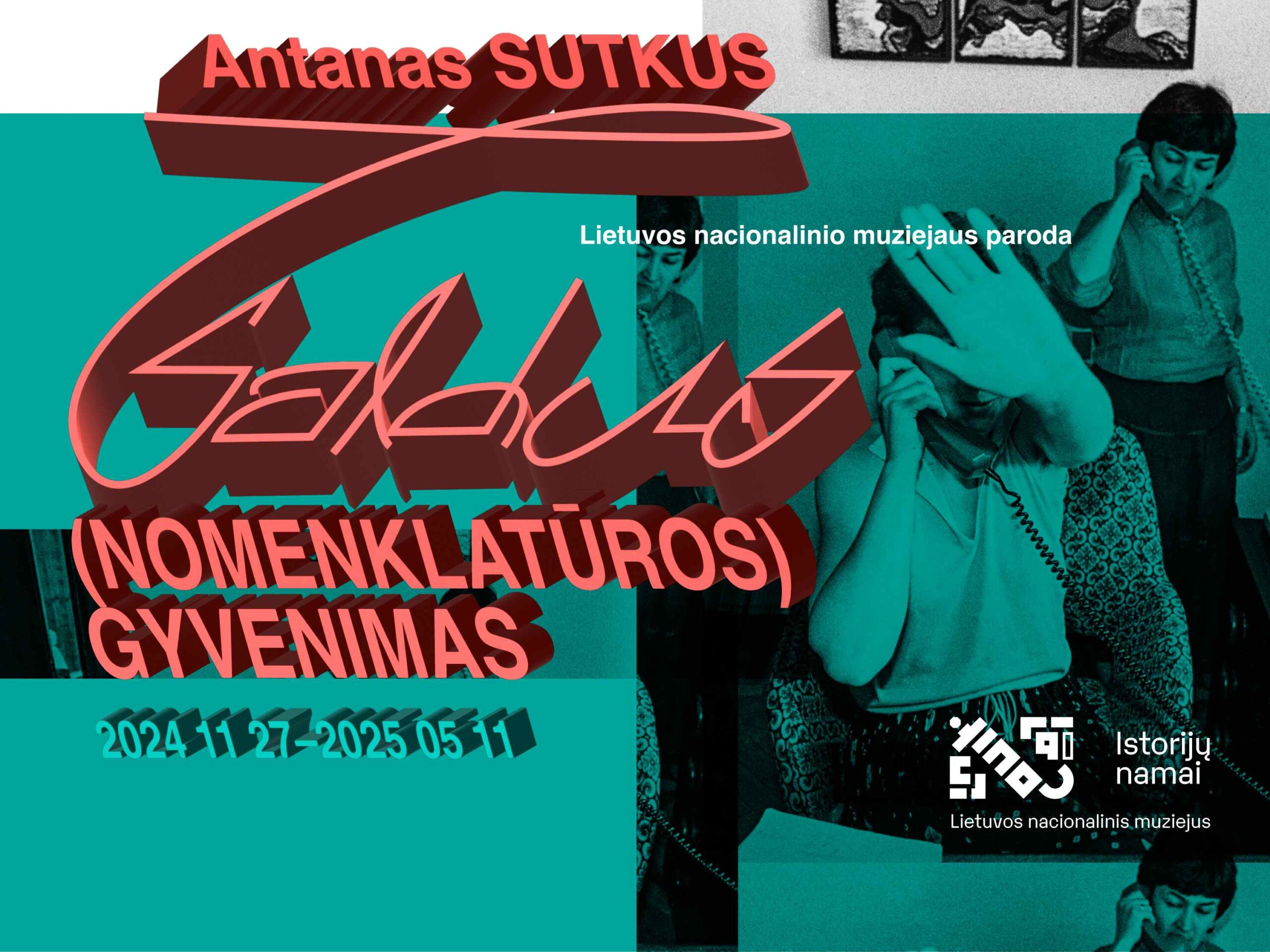The Sweet Life (of the Nomenklatura)
-
2024 11 27 – 2025 05 11
-
Museum working hours
-
T. Kosciuškos g. 3, Vilnius
-
Exhibition
-
Visitor's ticket
Russia’s large-scale attack on Ukraine on 24 February 22 was the trigger for this exhibition. In discussions with Antanas Sutkus, we agreed that we could use our own means to draw attention to the dangers of authoritarian and dictatorial systems. The history of Lithuania is unfortunately a very good example of this.
Lithuania itself was part of a system of oppression – albeit involuntary and violent – that was imposed on the country by the Soviets in 1940 and reinstalled in 1944. The intervening period of German occupation brought other terrible events for Lithuanians.
After Stalin’s death, the influence of the nomenklatura increased. Since 1940, groups of influential members of the Communist Party, which later took over the state and its institutions, became decisive power factors in the Soviet republic. Members of the nomenklatura were usually Communist Party “comrades”. This gave them various privileges that changed over the years: obtaining cars, shopping opportunities, better access to education for their children, exclusive flats, clothing, etc. Above all, they were able to meet like-minded people and communicate in a common language. This exclusivity created a class, the nomenklatura, within a supposedly classless society. Belonging to it was desirable to gain material advantages for oneself and one’s own, and to brighten the rather grey everyday life.
Antanas Sutkus had been part of the nomenklatura since the 1970s as a service provider for that privileged class and later as Vice President of the Lithuanian Society of Art Photography.
Through his work as a journalist and artist, the three parts of the exhibition – Everyday Life, Parades and Nomenklatura – give us a chance to gain insight into life within and outside the nomenklatura. At the invitation of the party and individual members, Sutkus photographed both official and unofficial events, creating very revealing portraits and atmospheric images from among the circles of power. Fortunately for us, Sutkus was and is a photographer with outstanding skills and a certain tenacity. Both of these qualities meant that he also kept photos that were not of immediate interest to the party or the nomenklatura, but rather were off the beaten track or would not have passed by censors. This gives us a clearer view of a time that fortunately belongs to the past, even if we can still see and feel its effects on society and the country today.
We thank Antanas Sutkus for having the courage to take on this task and to reflect so clearly on the nomenklatura and thus also on his own history.
The exhibition will open at the House of Histories on November 27th 2024 at 6 PM and will be held until May 11th 2025.


